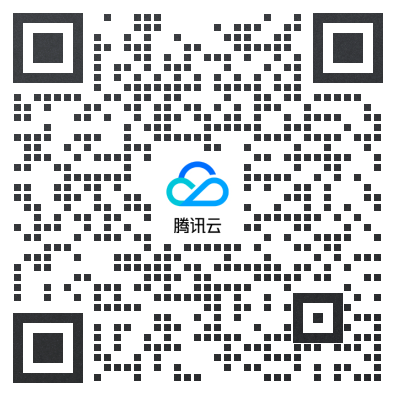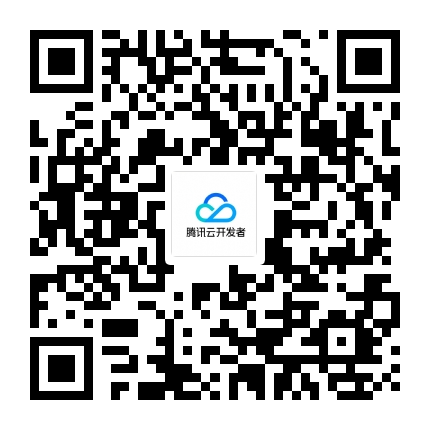componentdidupdate
componentDidUpdate 是 React 类组件生命周期方法之一,它在组件更新(即组件的 props 或 state 发生变化)后立即调用。这个方法可以用于执行一些副作用操作,比如数据的获取、DOM 的操作等。
基础概念
componentDidUpdate 方法接收两个参数:
prevProps:组件更新前的 props。prevState:组件更新前的 state。
优势
- 执行副作用:可以在组件更新后执行一些副作用操作,如数据获取、DOM 操作等。
- 条件执行:可以根据
prevProps和prevState来决定是否执行某些操作,避免不必要的计算。
类型
componentDidUpdate 是一个生命周期方法,属于 React 类组件的生命周期。
应用场景
- 数据获取:当组件的某个 prop 发生变化时,可以重新获取数据。
- DOM 操作:需要在组件更新后对 DOM 进行一些调整。
- 动画效果:在组件更新后触发动画效果。
示例代码
import React, { Component } from 'react';
class MyComponent extends Component {
constructor(props) {
super(props);
this.state = {
data: null,
};
}
componentDidMount() {
this.fetchData(this.props.id);
}
componentDidUpdate(prevProps) {
// 当 id 发生变化时,重新获取数据
if (prevProps.id !== this.props.id) {
this.fetchData(this.props.id);
}
}
fetchData(id) {
fetch(`https://api.example.com/data/${id}`)
.then(response => response.json())
.then(data => {
this.setState({ data });
});
}
render() {
return (
<div>
{this.state.data ? (
<div>{JSON.stringify(this.state.data)}</div>
) : (
<div>Loading...</div>
)}
</div>
);
}
}
export default MyComponent;可能遇到的问题及解决方法
1. 无限循环更新
原因:在 componentDidUpdate 中直接修改 state,导致组件不断重新渲染。
解决方法:确保在 componentDidUpdate 中修改 state 时,使用函数形式的 setState,并且添加条件判断,避免不必要的更新。
componentDidUpdate(prevProps, prevState) {
if (prevState.someValue !== this.state.someValue) {
this.setState((prevState) => ({
someValue: prevState.someValue + 1,
}));
}
}2. 性能问题
原因:频繁的 DOM 操作或数据获取可能导致性能问题。
解决方法:使用 shouldComponentUpdate 方法来优化组件的更新逻辑,避免不必要的渲染。
shouldComponentUpdate(nextProps, nextState) {
return nextProps.id !== this.props.id || nextState.data !== this.state.data;
}通过这些方法,可以有效避免 componentDidUpdate 中可能出现的问题,确保组件的稳定性和性能。
相关·内容
扫码
添加站长 进交流群
领取专属 10元无门槛券
手把手带您无忧上云


 云服务器
云服务器 ICP备案
ICP备案 即时通信 IM
即时通信 IM 云直播
云直播 云点播
云点播
